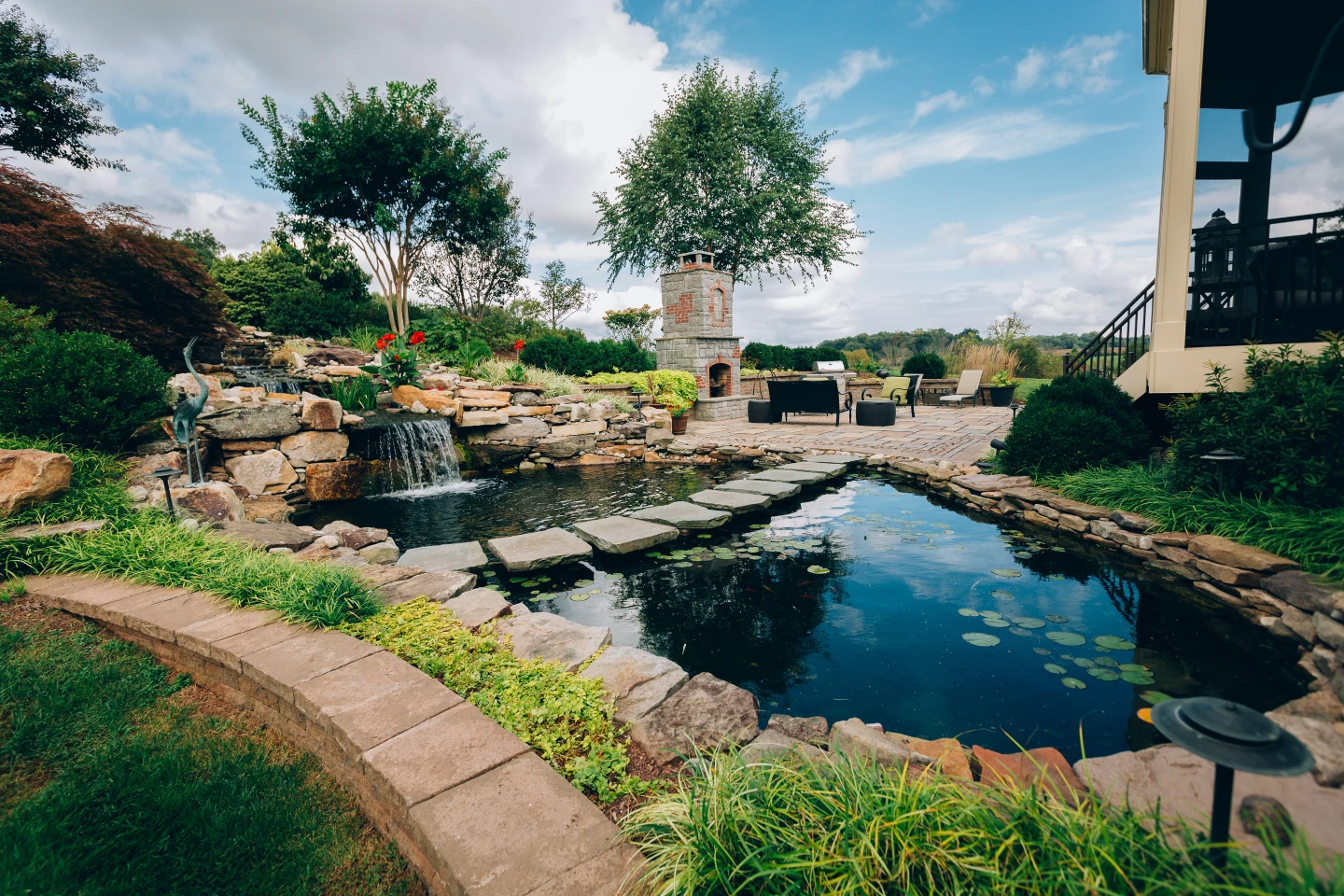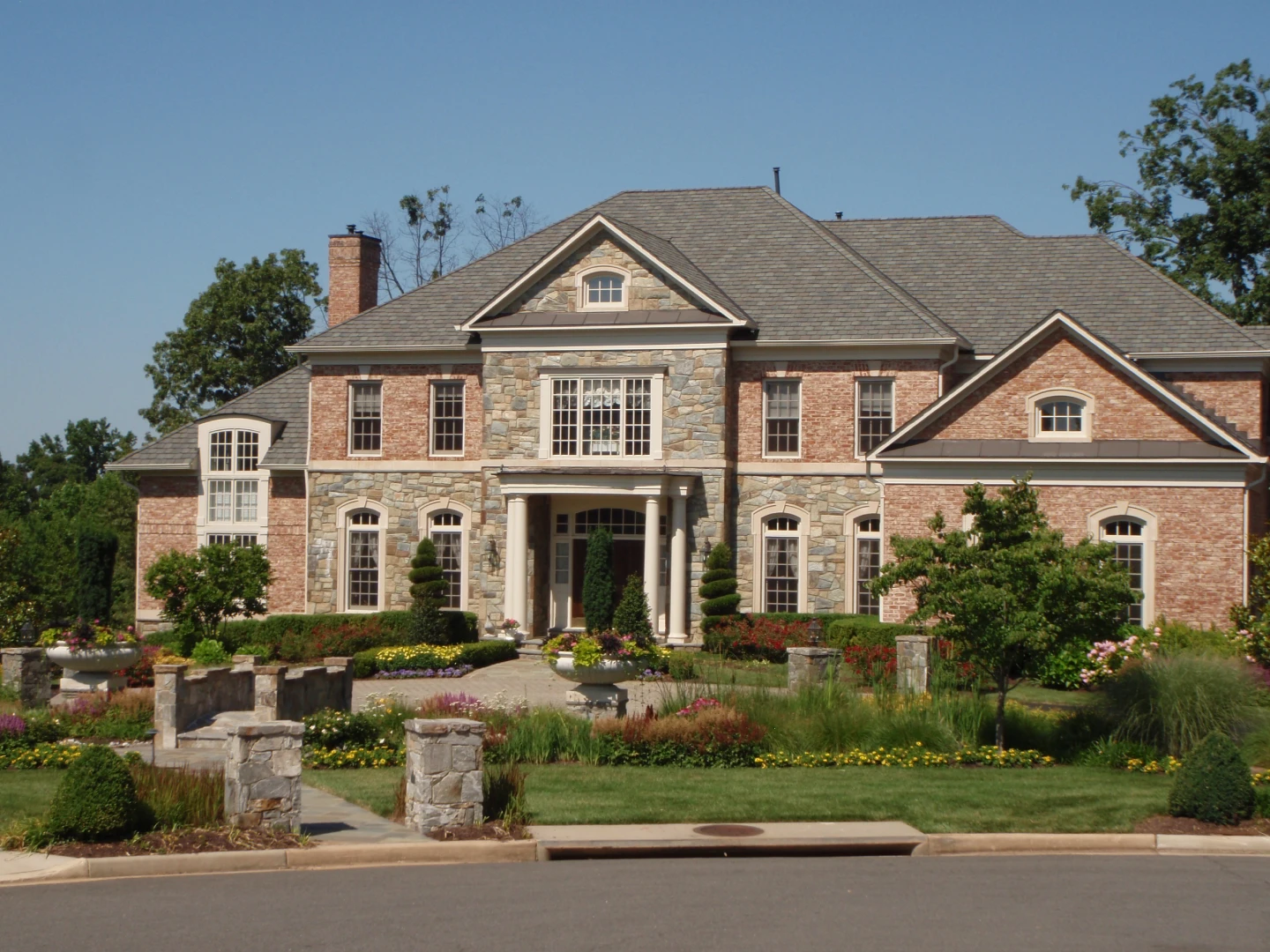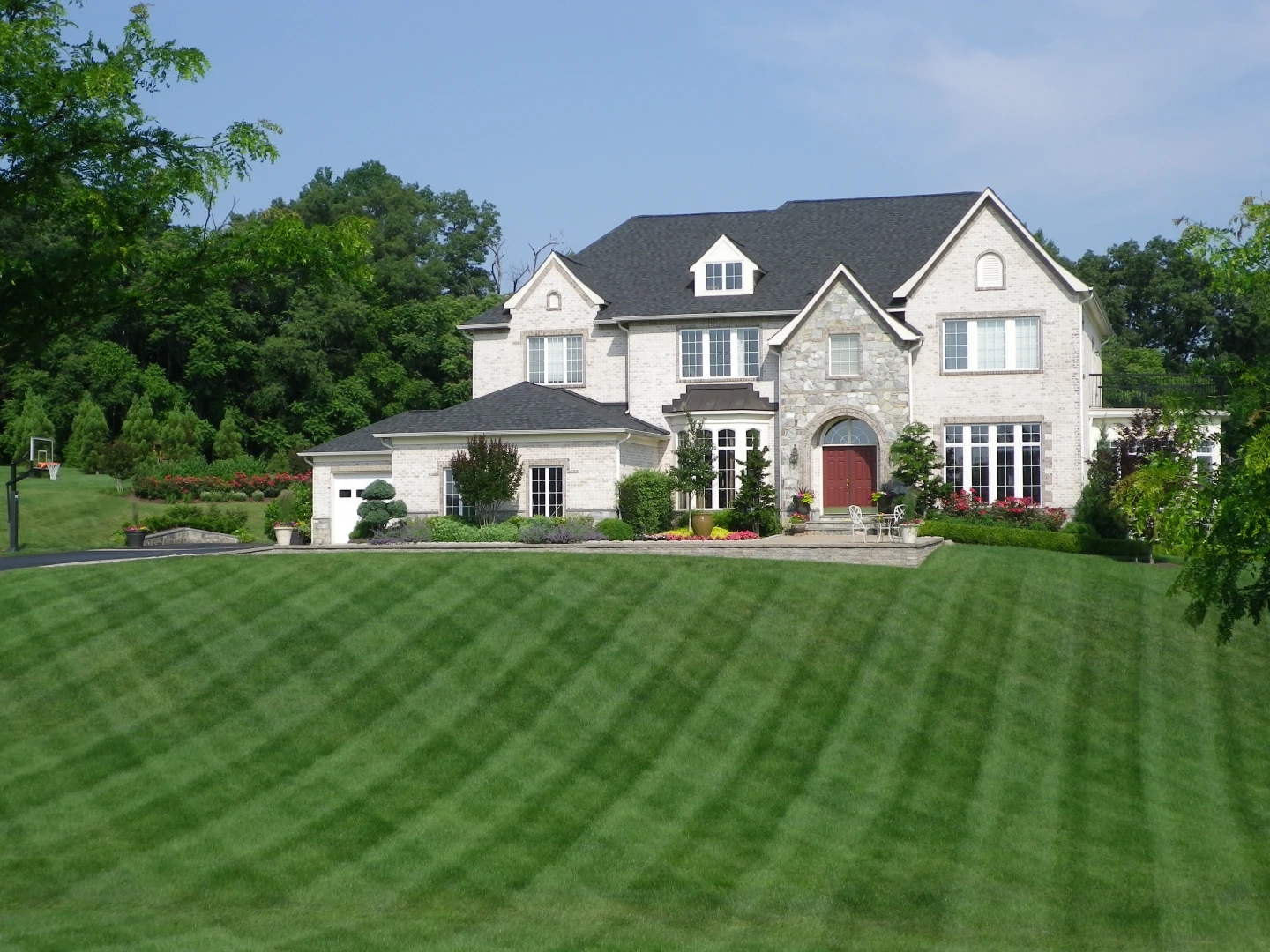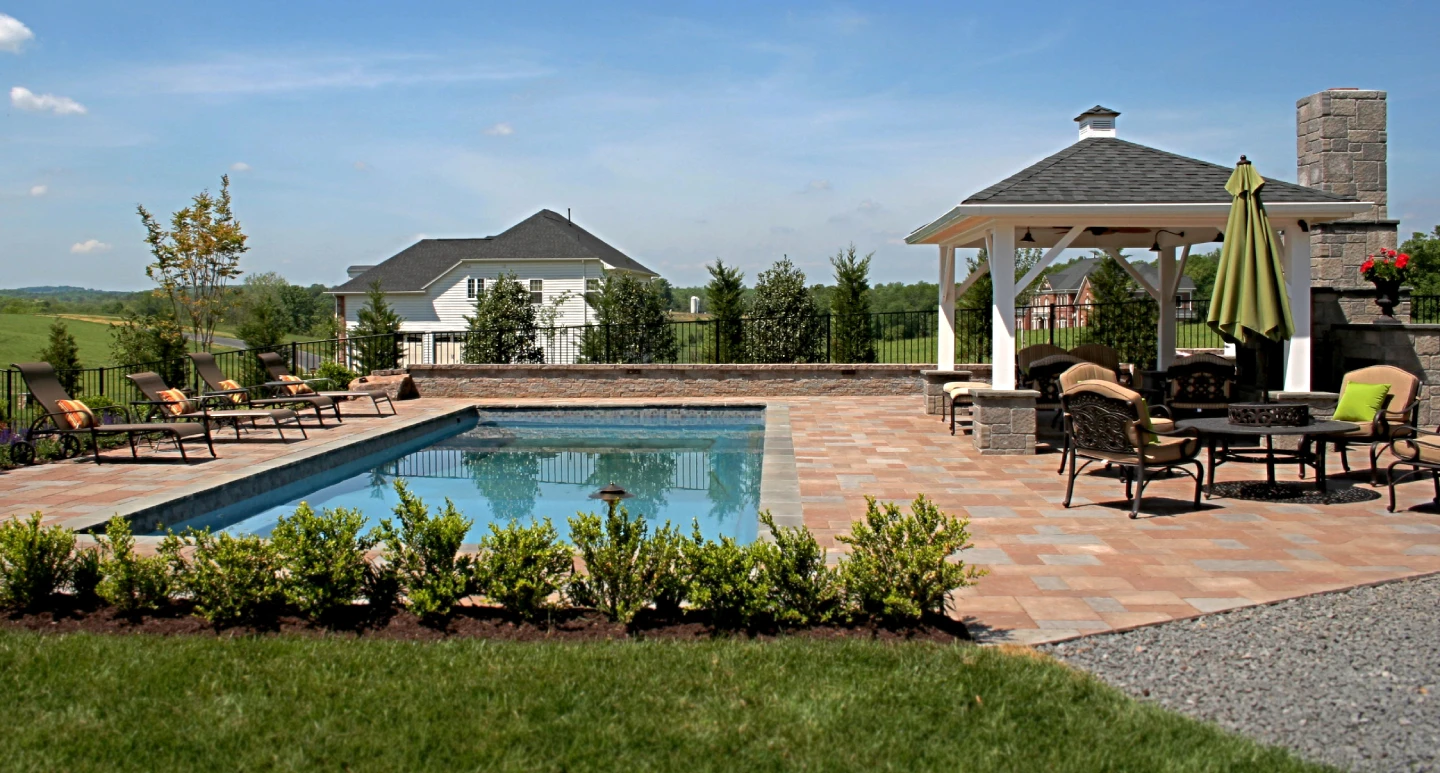Landscapes for Living
Where Vision
meets craftsmanship.
We believe in creating, and maintaining beautiful landscapes should bring joy—both in the process and the result. Our passion for innovative design and sustainable practices drives us to exceed expectations, but it's our love for what we do that sets us apart
Our featured work
Each project we undertake is a reflection of bold creativity and refined elegance. Every space we create is carefully tailored to embody our clients' unique vision while pushing the boundaries of modern design. With a focus on timeless aesthetics and purposeful functionality, our projects are more than landscapes; they are experiences.
Where vision meets craftsmanship
Weekly mowing & edging, Soil test, Seasonal fertilizer & pre-emergent applications, Broadleaf & grassy weed treatment, Core aeration & overseeding, Topdressing, Leaf clean-up and removal, Grub control, Fungicide treatments.
Spring clean-up (Edging/Mulching/Pre-emergent/Cutbacks) , Bi-weekly garden visits, Seasonal pruning, Fertilization of trees & shrubs, Integrated Pest Management visits.
- Mosquito & tick program
- Targeted insecticide treatments
- Broadleaf weed treatments
- Grassy weed treatments
- Deer Repellant
- Goose Repellant
- Spring Cleanup/Edging/Mulching
- Core-Aeration & Overseeding
- Topdressing
- Leaf clean-up and removal
- Stump grinding/timber removal
- Hardscape cleaning
- Pressure washing

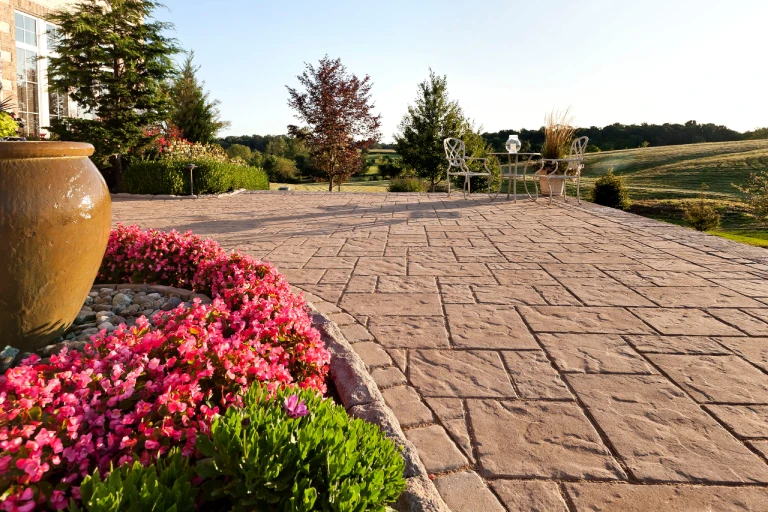
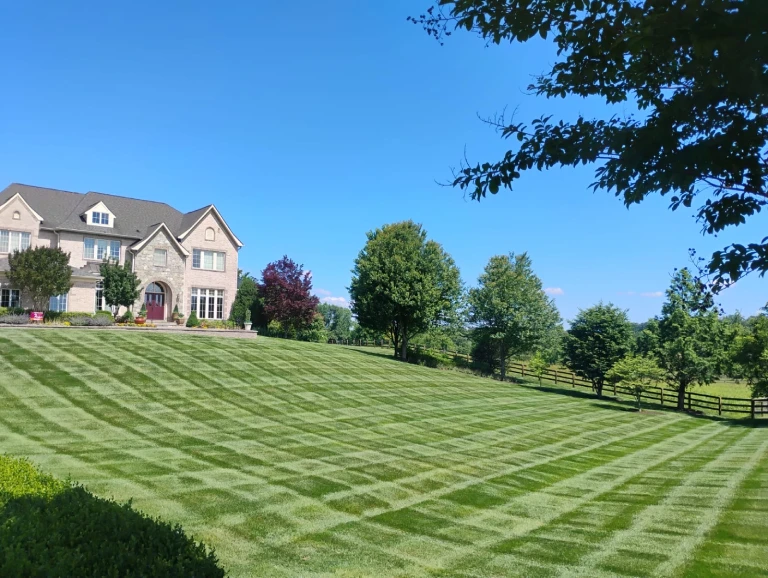
.webp)

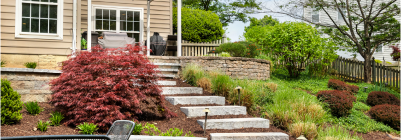
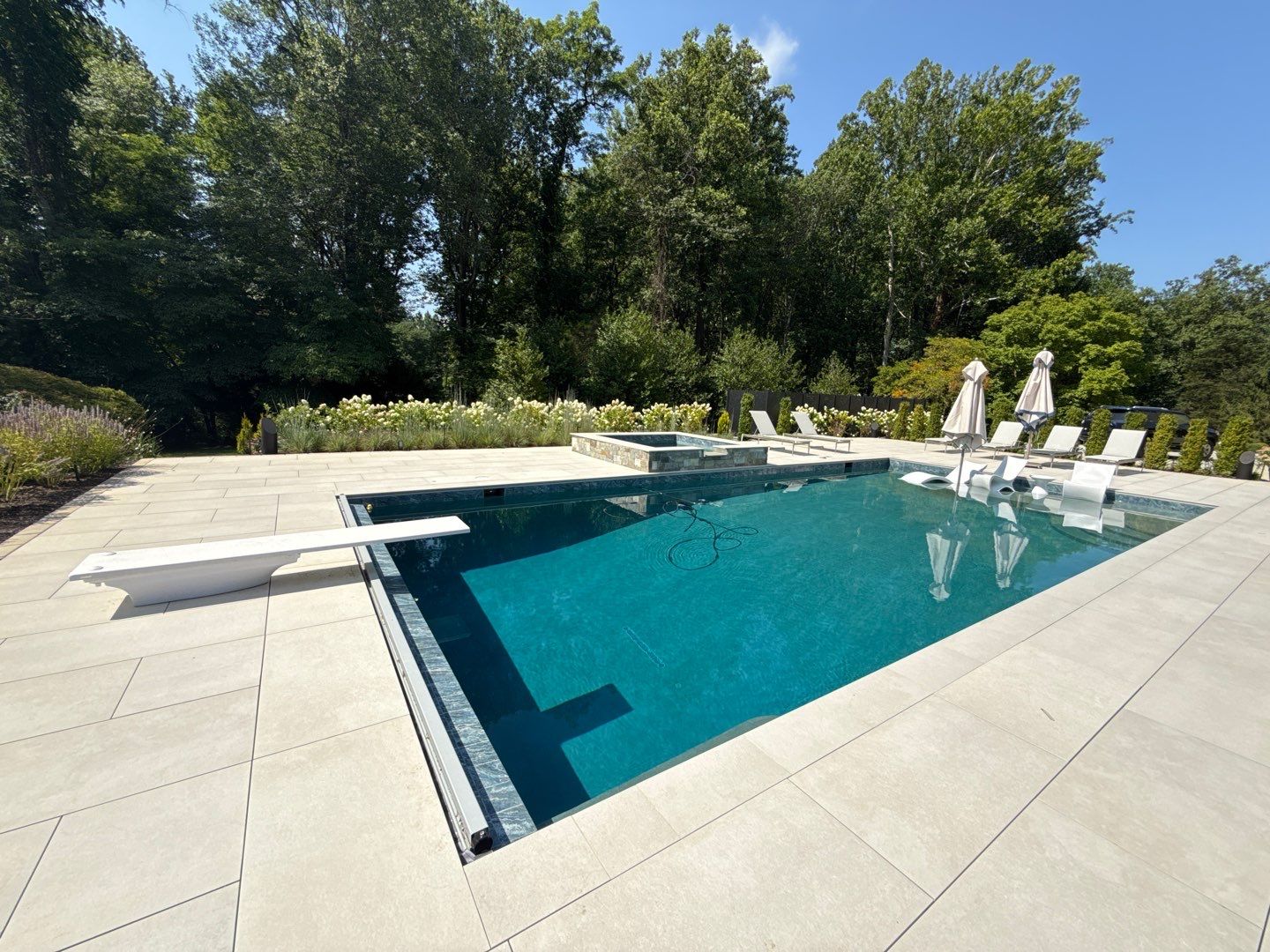
.webp)
.webp)

.webp)
.webp)

